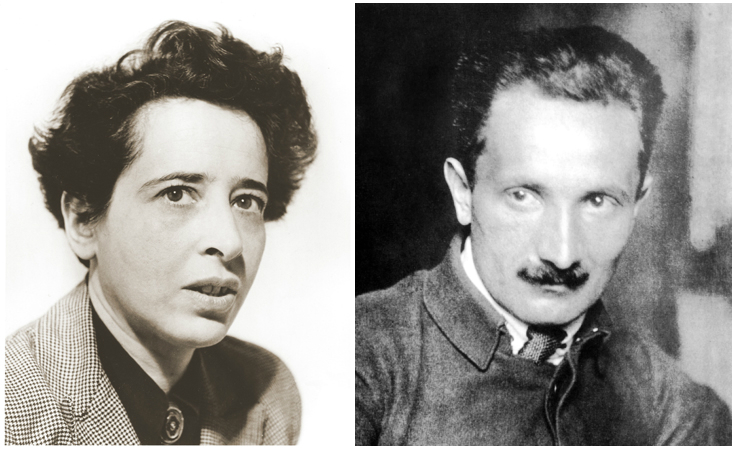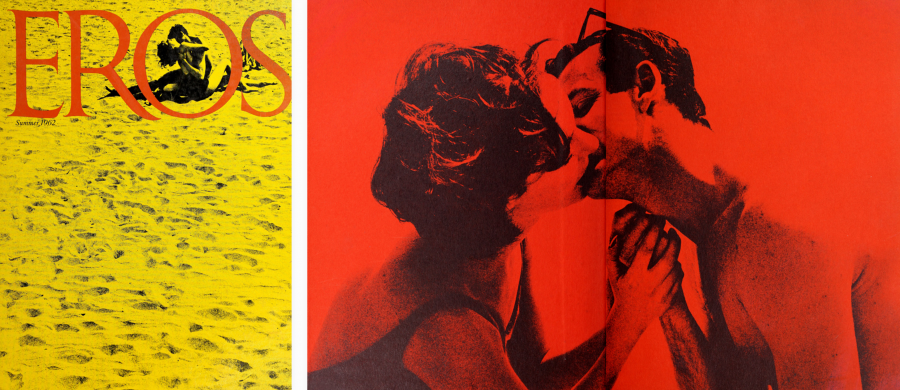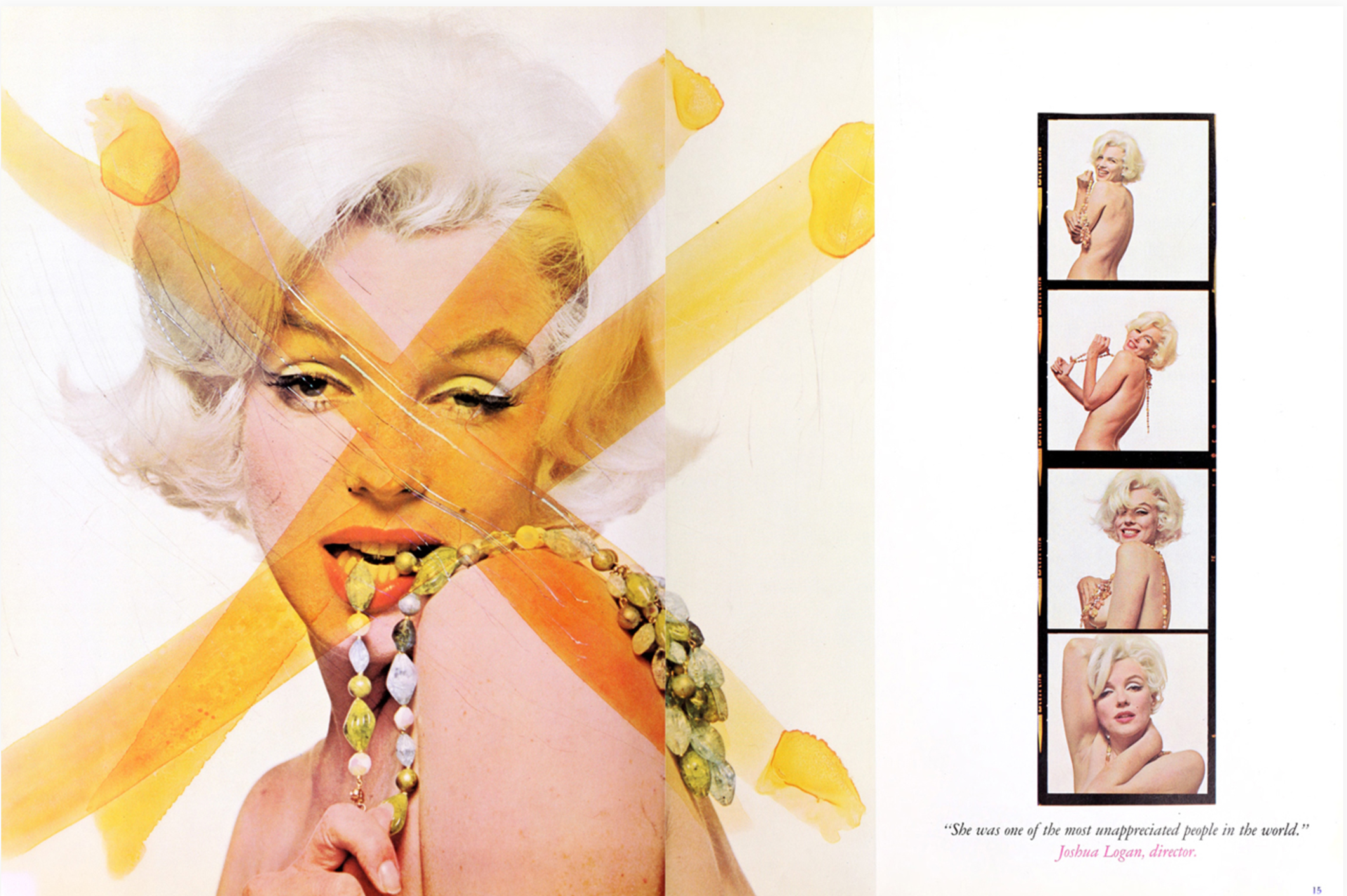Last year, Josh Baines at dance music site Thump revisited the 2004 video for “Call on Me,” a dancefloor anthem built around a highly recognizable loop from Steve Winwood’s 1987 hit, “Valerie.” Drawing on the song’s inherent nostalgia factor, the video—which Baines calls, without exaggeration, “the sexiest video of all time”—stages a ridiculously lewd, sweaty aerobics class, recalling the close association during the 1980s fitness craze between sexy aerobics videos and dance music, in advertisements, TV shows, MTV, movies like Hardbodies and its even more ludicrous sequel—and, of course, John Travolta and Jamie Lee Curtis’s hilarious Perfect, which directly inspired “Call on Me.”
The “Call on Me” video is so salacious, in fact, that it nearly caused then British Prime Minister Tony Blair to fall off his rowing machine while watching it, a scene that would fit right in to any 80s workout sex comedy. Might we imagine similar scenes of middle-aged Soviet ministers and apparatchiks losing their cool while sweating to Russian electro and watching fitness videos like “Rhythm,” at the top? Or perhaps even the far-less-sexy morning program above from 1987, with its synthpop soundtrack, baggy sweatsuits, and what look like futon mattresses for exercise mats?
In another example of Soviet aerobics and dance music, one must rely upon imagination to get the moves right. This record, Aerobic Exercises by a collection of obscure artists, was meant for more than just home workouts, as important as they are.
The record label Melodiya—the only record label in Soviet Russia—and the album’s artists managed to get 1984’s Aerobic Exercises certified by the “USSR Sports Committee,” who, writes Terry Matthew at 5 Magazine, “envisioned these records as a sort of robot replacing athletic trainers.” “I don’t know if bureaucrats dream,” writes Matthew, “but if they do, I can imagine them envisioning a whole nation of comrades in legwarmers, rhythmically jogging and touching their toes in time with some of the most fascinating Italo-sounding tracks of the era.”
There is a reason the music sounds so interesting, though some of it, Matthews admits, is “outright putrid.” Most of the artists were well-known engineers and producers recording under pseudonyms. These were people already working in a long tradition of Soviet music that stretched back to Leon Theremin but also drew influence from Europe and the U.S.—“a Funk movement in the Soviet Union, and one for Disco, and an electronic music movement too, both official & above ground and underground and somewhere in between.” Many of those artists only managed to get records made “through luck, through compromise and sometimes through subterfuge.” Records like Aerobic Exercise represent some combination of the last two categories, “ingeniously and absurdly” disguising short original tracks as fitness mood music.
You’ll notice that there’s little instruction on some of these tracks, and it’s in the vocal contributions that much of the music’s “Italo roots are exposed” notes Matthew, referring to the grand tradition of mostly nonsensical Italo-disco, a term for a variety of electronic dance music made in Italy throughout the late 70s and 80s. These tracks “abide and generally adhere to the superficial but abiding principle of Italo—that it’s less important what words mean compared to how they sound.” (Russian speakers will have to confirm this contention, though one doesn’t need to stretch to discern the commands “Left, Right, Left Right!”) If some of this music sounds strikingly hip, that’s because it draws from the same Euro-disco well as so many contemporary retro-electro acts. (I couldn’t help but think of Mira Aroyo’s Bulgarian contributions to Ladytron.)
Aerobic Exercise was apparently a success, such that Melodiya “launched an entire series of records in the style of the album called Sport and Music,” a four LP-collection with much less focus and quality control. Moving away from the aerobics theme, the second of these albums featured “some kind of competitive skateboarder on the cover” and some “pretty dreadful Hollywood Lite incidental music. By the third volume, former jazz musicians were beating out 3rd rate riffs with vaguely electronic-sounding overtones.” As with any fad, derivative copies over several generations will always be subject to serious aesthetic degradation. But for serious fans of Soviet dance music, of 80s fitness, or, ideally, of both, Aerobic Exercise represents something truly special.
via 5 Magazine,
Related Content:
The Soviets Who Bootlegged Western Music on X‑Rays: Their Story Told in New Video & Audio Documentaries
Soviet Union Creates a List of 38 Dangerous Rock Bands: Kiss, Pink Floyd, Talking Heads, Village People & More (1985)
How the Soviets Imagined in 1960 What the World Would Look in 2017: A Gallery of Retro-Futuristic Drawings
Josh Jones is a writer and musician based in Durham, NC. Follow him at @jdmagness





